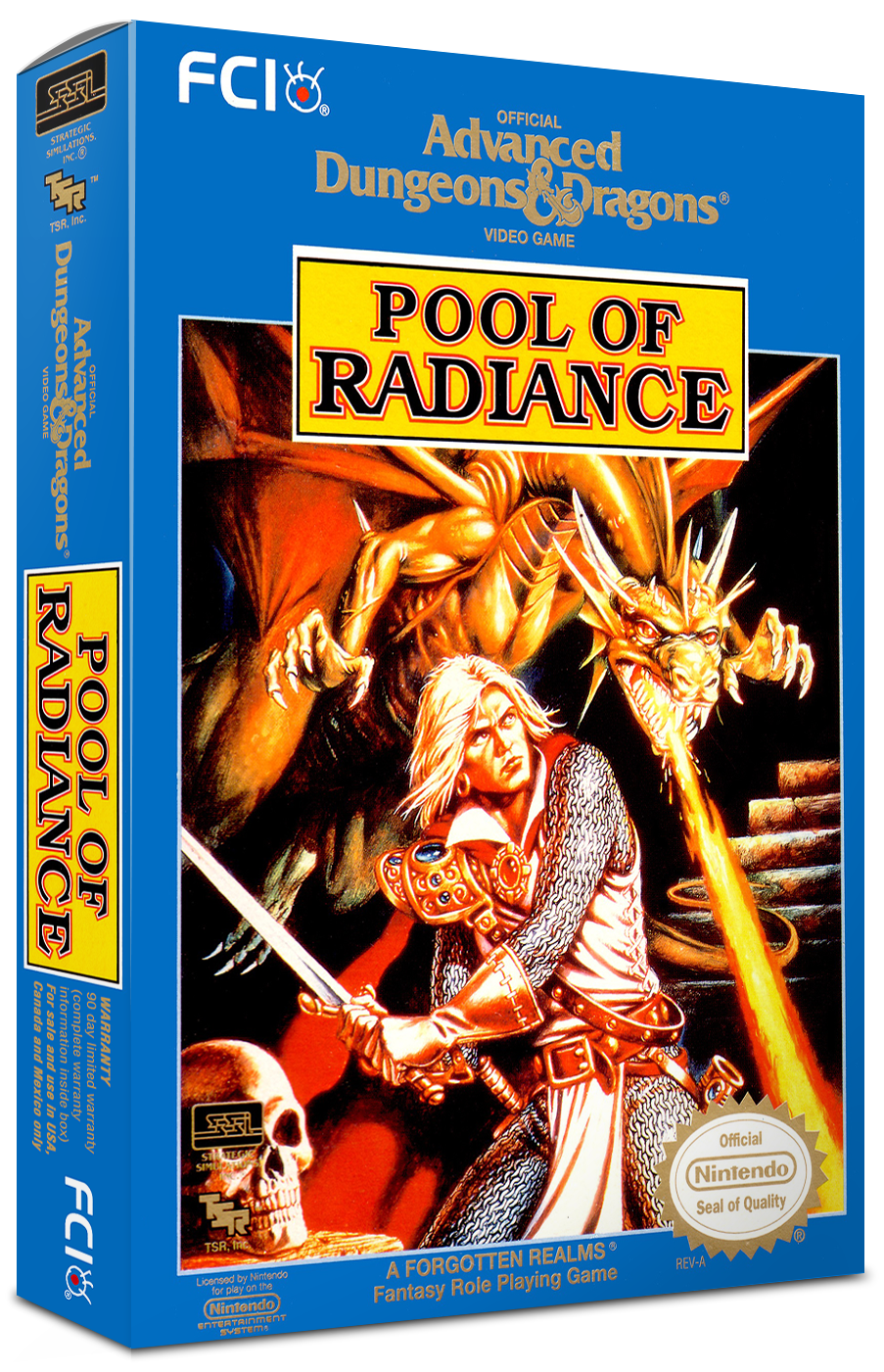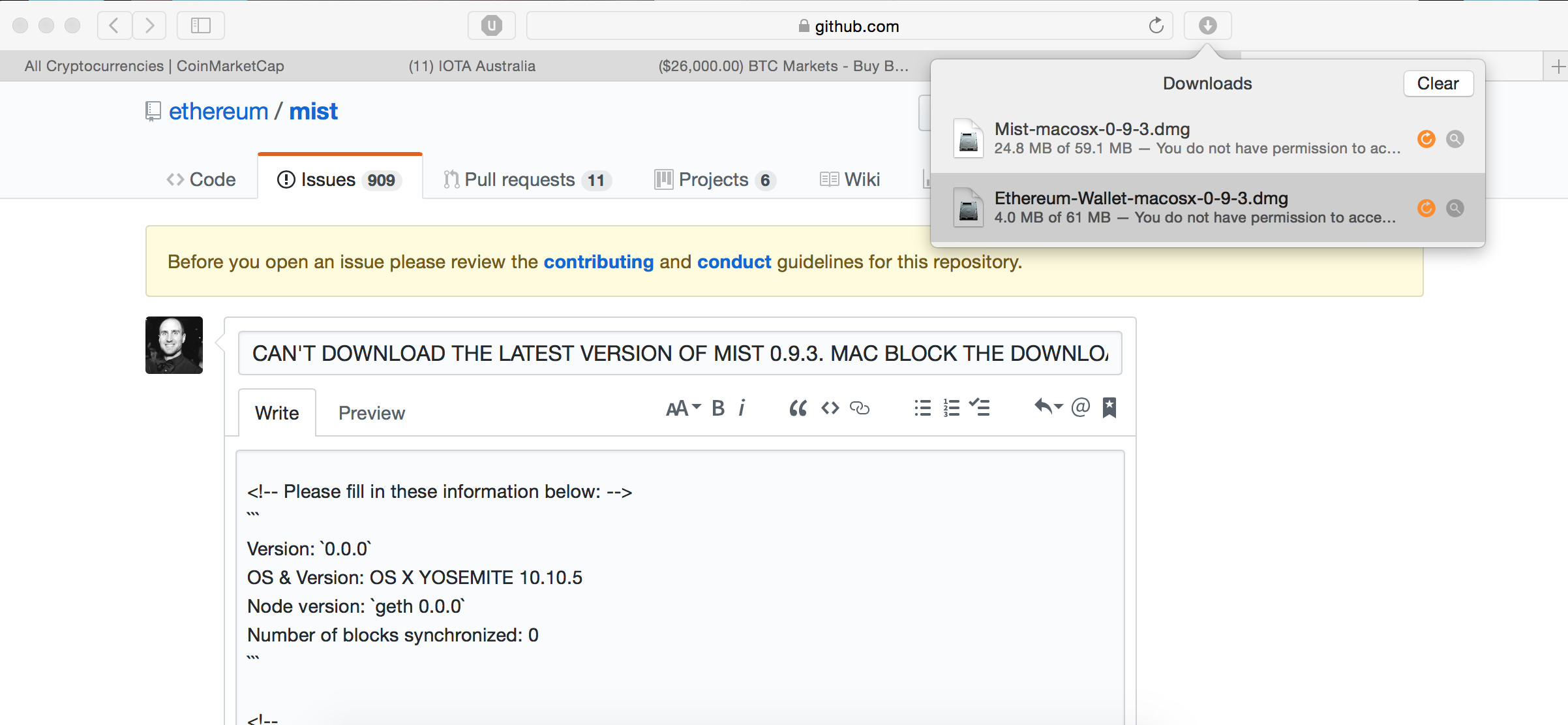macOS Big Sur elevates the most advanced desktop operating system in the world to a new level of power and beauty. Experience Mac to the fullest with a refined new design. Enjoy the biggest Safari update ever. Discover new features for Maps and Messages. And get even more transparency around your privacy.
Check compatibility
Restore your Mac to its factory settings. This is something of a nuclear option, but it’s there if you want it. If, after all the other steps listed above, you still can’t get your Mac to install or update apps, a complete factory restore may offer the solution. If you've started a download and it's stuck, delete the download file by dragging it to Trash. Empty the Trash. Empty the Trash. Now, start the download again by going to Office.com/signin.
macOS Big Sur is compatible with the following computers. If your Mac isn't compatible, you might be able to install an old version of macOS instead.

MacBook introduced in 2015 or later
MacBook Air introduced in 2013 or later
MacBook Pro introduced in late 2013 or later
Mac mini introduced in 2014 or later
iMac introduced in 2014 or later
iMac Pro
Mac Pro introduced in 2013 or later
View the complete list of compatible computers.
If upgrading from macOS Sierra or later, your Mac needs 35.5GB of available storage to upgrade. If upgrading from an earlier release, your Mac needs up to 44.5GB of available storage. To upgrade from OS X Mountain Lion, first upgrade to OS X El Capitan, then upgrade to macOS Big Sur.
Download macOS Big Sur
If you're using macOS Mojave or later, get macOS Big Sur via Software Update: Choose Apple menu > System Preferences, then click Software Update.
Or use this link to open the macOS Big Sur page on the App Store: Get macOS Big Sur. Then click the Get button or iCloud download icon.
Install macOS Big Sur
After downloading, the installer opens automatically. Click Continue and follow the onscreen instructions.
Please allow installation to complete without putting your Mac to sleep or closing its lid. During installation, it might restart and show a progress bar or blank screen several times. You might find it easiest to begin installation in the evening so that it can complete overnight, if needed.
Stay up to date
After installing macOS Big Sur, you will be notified when updates to macOS Big Sur are available. To check for updates, choose Apple menu > System Preferences, then click Software Update.
An installation error occurs sometimes for when upgrading from OS X Snow Leopard to OS X Lion “Can’t download the additional components needed to install Mac OS X” – Check your network configuration as the install needs to pull down software over the internet.
Mac Can't Download Anything
But the network configuration is OK.!
Check that Software Update can connect directly to Apple Software Update Servers not a custom internal one, remove any Managed Preferences if it is a managed host.
Option 1

If that still doesn’t get rid of the message I have found on a device that the drive needed to be reformatted – the only thing different about the drive I was trying to install to was that it had a Boot Camp partition on it The Boot Camp partition might be a red herring but certainly reformatting the disk solved the issue.
So:
- clone the main HD drive to an external disk use CCC – link below
- boot from the external
- erase/reformat the main HD – use HFS Extended Journaled
- clone back the main HD from the external
- reboot from the main drive
- run the installation upgrade again
This time – no problems.

If you don’t care whats on the disk just erase it and run the upgrade, I wanted to keep all the data intact in my example, hence the clone back.
Mac Cant Download Additional Components
Cloning courtesy of the fantastic bombastic CCC.

Option 2
Mac Can't Download Update
Another potential solution is to remove any RAM over 4GB run the install and then put the additional RAM back in after – even then try and limit the RAM slots to one, so not 2GB in each – rather 1 slot with 4GB.